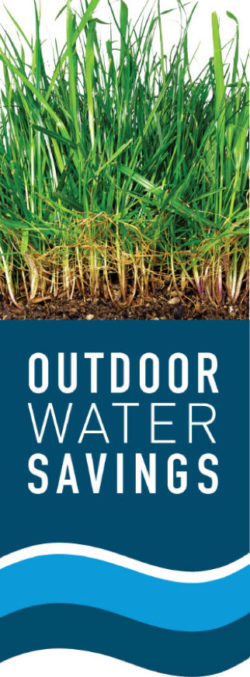Findings may help identify water-efficient ways to preserve access to greenspace
By Carol Nowlin, Manager, Corporate Social Responsibility, ScottsMiracle-Gro
 Connecting with greenspace, right in our own backyards, offers a host of powerful benefits. Greenspace can reduce stress and anxiety, improve physical health, and connect us with one another as we garden, play games and enjoy backyard barbeques.
Connecting with greenspace, right in our own backyards, offers a host of powerful benefits. Greenspace can reduce stress and anxiety, improve physical health, and connect us with one another as we garden, play games and enjoy backyard barbeques.
The plants that make up a landscape, along with its soil, offer powerful environmental benefits too. Landscapes prevent soil erosion and absorb rainwater to improve drainage, capture and hold carbon, reduce noise pollution and clean the air. Truly, greenspace is essential for our ongoing health and quality of life.
Preserving our access to greenspace can be challenging, however. The water our grass and other plants depend on to grow is increasingly costly and scarce in many parts of the country.
In 2016 that led us to partner with the Alliance for Water Efficiency (AWE) to conduct research on outdoor water usage. Among other things, this two-year project sought to understand
- people’s awareness of how much water they use, and where they use it
- what motivates people to make changes to their lawn and landscape
- different methods for reducing the amount of water used outdoors
- how much water could actually be saved by these changes
The research, which finished in 2018, covered a range of climate zones across North America and examined different types of landscape transformation projects. Many of these projects were sponsored by water providers and ranged from “cash for grass” turf removal incentives to “water wise” re-landscaping services. Researchers also surveyed homeowners who had participated in these programs.
The survey revealed important insights about what homeowners value most when it comes to their landscapes, including appearance, easy care, and space for entertaining. It also revealed their beliefs about water-efficient landscapes. Importantly, the survey produced valuable findings about how to motivate and assist homeowners to make changes to their landscape or irrigation practices to use less water.
AWE expects to release the full findings in 2019, but the preliminary results are intriguing and point the way toward more effective water efficiency programs in the future. We look forward to sharing study findings soon and applying these insights to connecting people with the life-changing benefits of greenspace in a water-stressed world.

